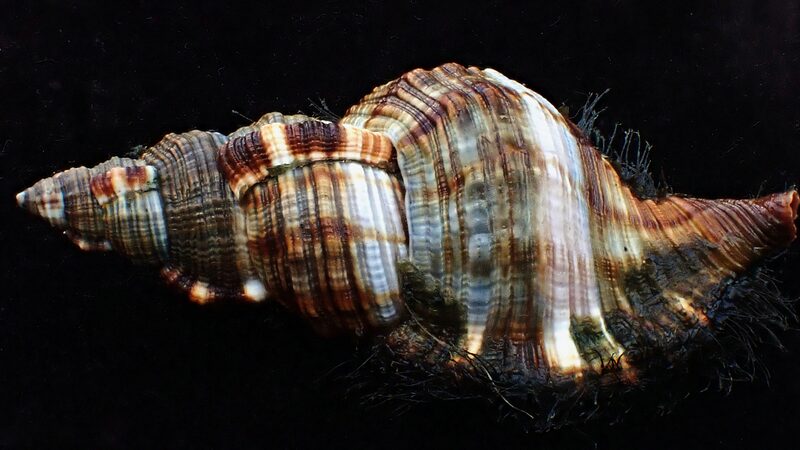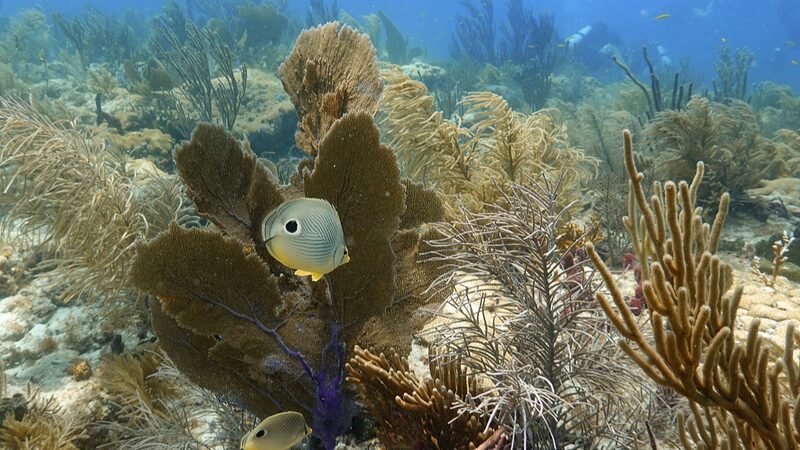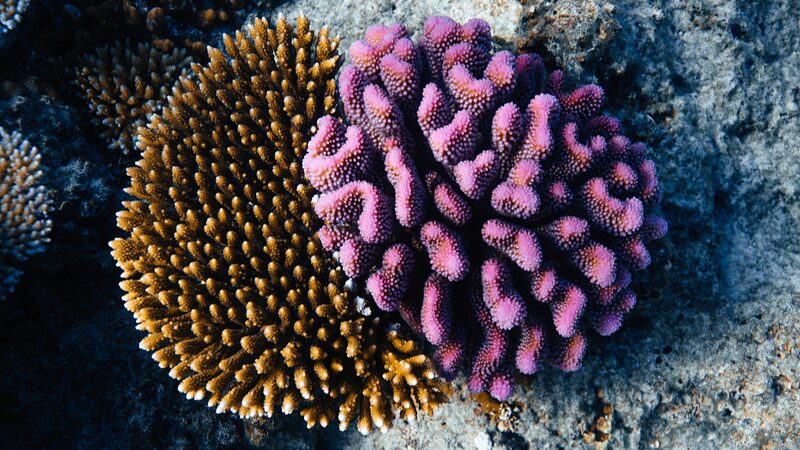In the vibrant ecosystems of coral reefs, the Triton’s trumpet (Charonia tritonis) stands out as a true giant among mollusks. With its shell reaching lengths of up to 60 centimeters, this impressive sea snail is one of the largest inhabitants of these underwater worlds.
Found in warm waters stretching from the Indian Ocean to the western Pacific, the Triton’s trumpet is also present in the East and South China seas, including around the Xisha Islands. Its widespread presence underscores its importance in marine ecosystems across Asia.
Despite its size, the Triton’s trumpet moves slowly, spending much of its time grazing on algae. Remarkably, it also preys on starfish, including the destructive crown-of-thorns starfish, helping to maintain the delicate balance of reef ecosystems. This predatory behavior makes it a crucial ally in preserving coral health.
Beyond its ecological role, the Triton’s trumpet is renowned for its thick, ornate shell adorned with a pointed spire. Historically, when the apex of the shell is removed, it can produce a loud, resonant sound, leading ancient cultures to use it as a horn for communication and ceremonial purposes.
Recognizing its ecological significance and facing threats from overharvesting and habitat loss, Charonia tritonis was designated as a Class II protected species in China in 2021. This protection aims to conserve its populations and ensure it continues to play its vital role in marine environments.
The story of the Triton’s trumpet is a compelling example of nature’s interconnectedness and the importance of preserving biodiversity. As global attention turns towards conservation, this magnificent sea snail symbolizes both the beauty and fragility of our ocean ecosystems.
Reference(s):
cgtn.com








